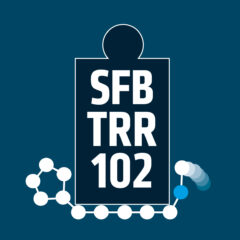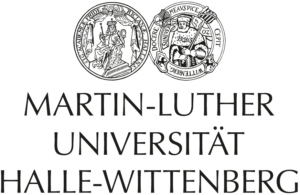Solid state NMR investigations and MD simulations of amphiphilic triblock copolymers in lipid bilayers
Pluronics are triblock copolymers widely used in pharmacological industry that consist of hydrophilic poly(ethylene oxide) end blocks and a hydrophobic poly(propylene oxide) middle block. Depending on the lengths of the different blocks, Pluronics can influence membrane properties in a variety of ways.
Using solid-state nuclear magnetic resonance (NMR), we investigated the structure and dynamics of different Pluronics interacting with a number of phosphatidylcholine membranes with variable bilayer thickness and acyl chain saturation.
1H-1H Nuclear Overhauser Enhancement (2D-NOESY) experiments were applied to confirm the insertion of the copolymer into the bilayer. Information on the dynamically averaged structure of lipid and polymer segments was gained from measuring motionally averaged dipolar couplings using the Back-to-Back (BaBa) double-quantum recoupling sequence and the R-PDLF experiment.
By comparing experimentally determined dipolar couplings and relaxation rates with results from different molecular dynamics (MD) simulation models we get very detailed information about how the polymer molecules incorporate in the bilayer.
Location: MLU, Von-Danckelmann-Platz 3, SR 1.06 Time: 3.30pm





One thought on “Talk by Ruth Bärenwald at MLU (December 12, 2017)”